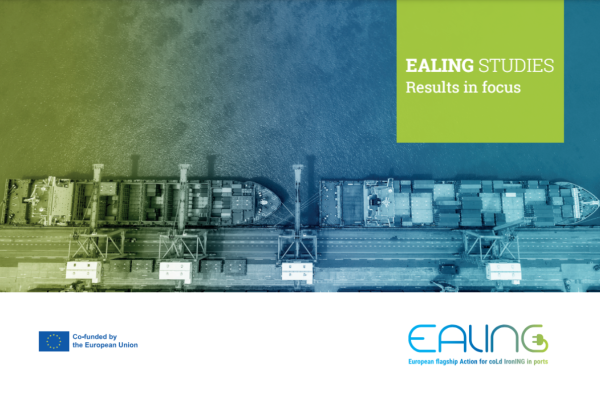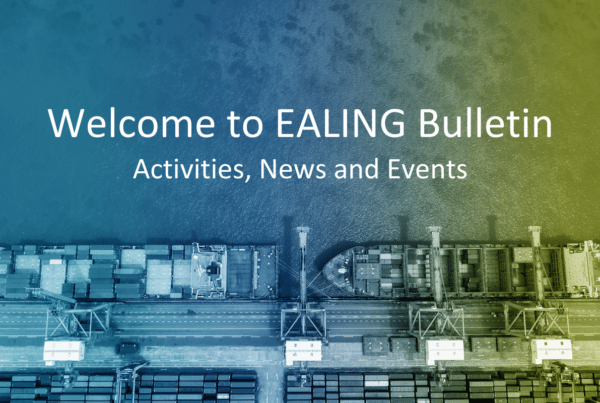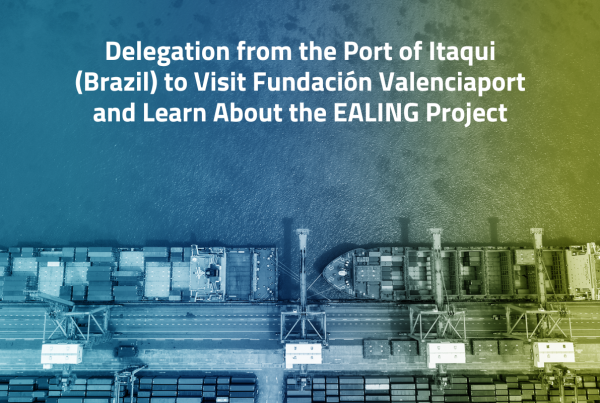During this Energy Suppliers Workshop, high-profile speakers from Energy Companies were invited to present their point of view on Onshore Power Supply (OPS). A lot of useful insights emerged from the discussions during the workshop, and they will be included in the project deliverables.
Energy Suppliers Workshop – Main Takeaways
One issue that was raised during the workshop is that most ports are studying and investing for electrifying the quay, but some problems with the standard of frequency 50/60Hz emerged, as well as the overall supply capacity when more than one vessel needs the service. Other aspects were also discussed regarding the high price of the electricity onshore compared with the current fuels bunkered, the funds to make feasible OPS schemes and the differences between the energy taxation in Northern and Southern ports. From the point of view of the grid expansion needed due to the increasing demand for green electric energy, an operating model of port as a flexible client is recommended.
During the roundtable a set of questions were answered by the participants. The discussion started with the current sale mechanism business models of electricity to OPS facilities. The most important criterion for customers is the lower price. The market is regulated and there is no difference between the prices paid by different customers. Another interesting discussion took place around the grid status and investments. Today a lot of energy is generated very far from the place where it needs to be used, and for the panelists, the extension of the grid should be done by the port authorities. There is a big effort to be made for the grid investment.
Furthermore, in order to make the current network ready for a scenario of full deployment of the Fit for 55 package objectives, a digitalisation to optimise the processes is needed. Renewables are bringing a lot of instability to the network, and it is necessary to provide new energy services to this new energy market.
In terms of costs, offshore wind power is a key possibility to produce cheaper energy and alleviate the burden of the high cost. Huge relevant renewable plants close to the port facilities are also crucial to balance the cost and the need of energy for the customers through energy communities schemes.




